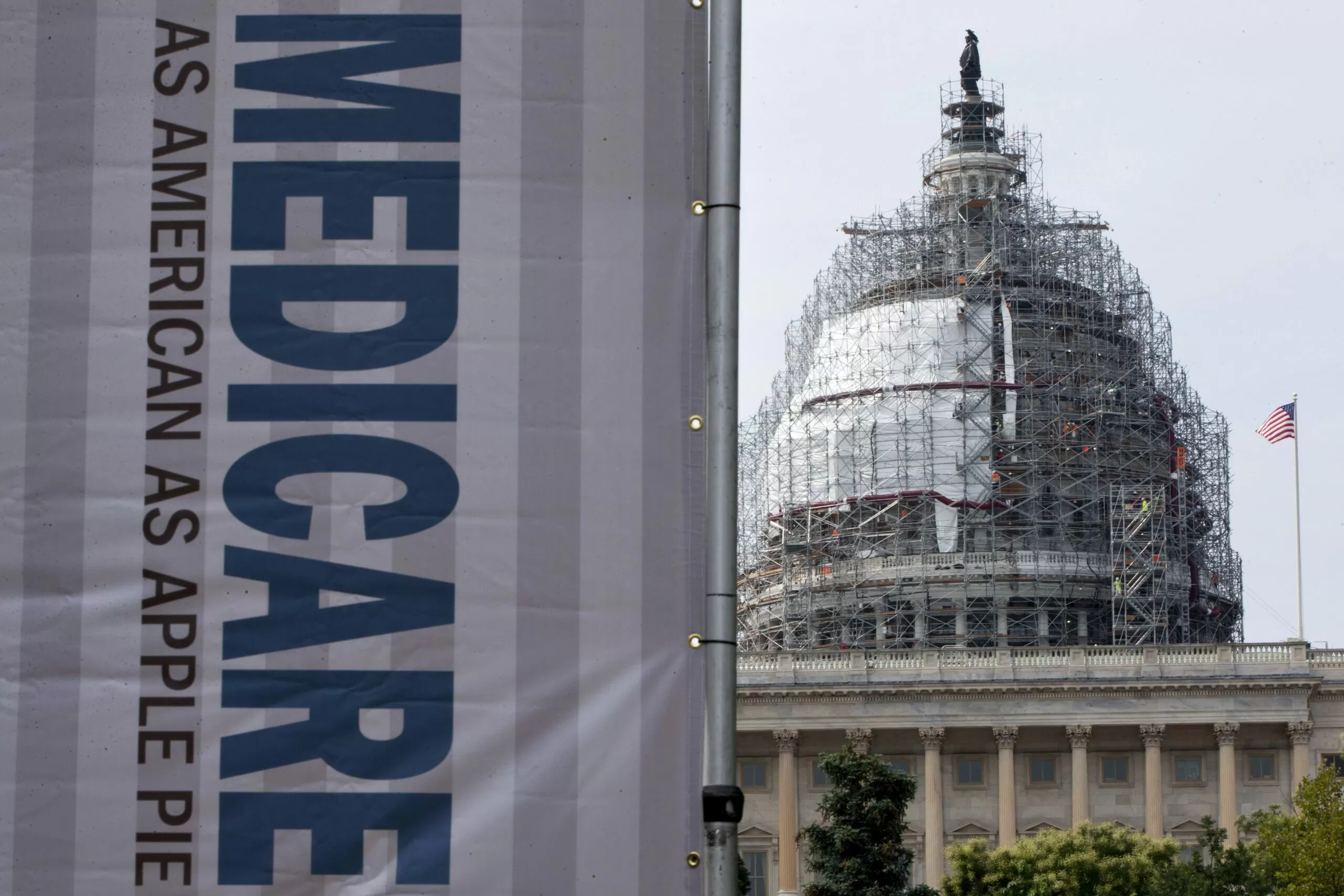We are all thrilled that a new drug has been approved by the Food & Drug Administration (FDA) to treat Alzheimer’s disease. It has been over a decade since a new drug has been introduced to treat this horrible condition.  As regular readers of my blog know, both my father and my grandmother had Alzheimer’s disease when they passed away. I asked Nana when she was 94 if she knew who I was and she looked at me for several minutes trying to come up with a name. Finally, she said, “I don’t know who you are but I know that you love me.â€Â On the bad news side of the equation of Leqembi is that it’s very expensive and could drive up Medicare Part B premiums by almost $10/month in 2024.  The drug will be the third most costly drug covered by Medicare Part B, according to the non-profit health researcher KFF. Another estimate from a non-partisan seniors group The Senior Citizens League, estimates that the drug will add $5/month to the tab for everyone who has Medicare Part B.
There was a 15% increase in premiums in 2022 when another Alzheimer’s drug, Aduhelm, was approved by the FTC and hit the market. The Senior Citizens League has projected a 3.0% cost of living, or COLA, in 2024, and a Part B premium increase of 8.7%. Medicare is estimated to cost about $5K/year to Medicare recipients who take the new drug, with $26,500 the government paying the balance of the treatment, according to KFF.








